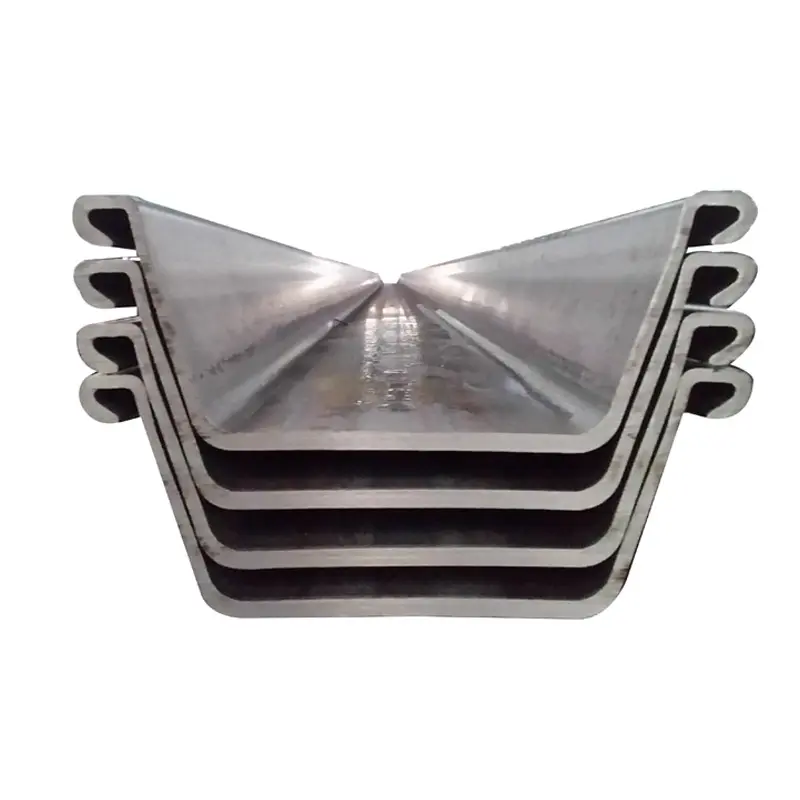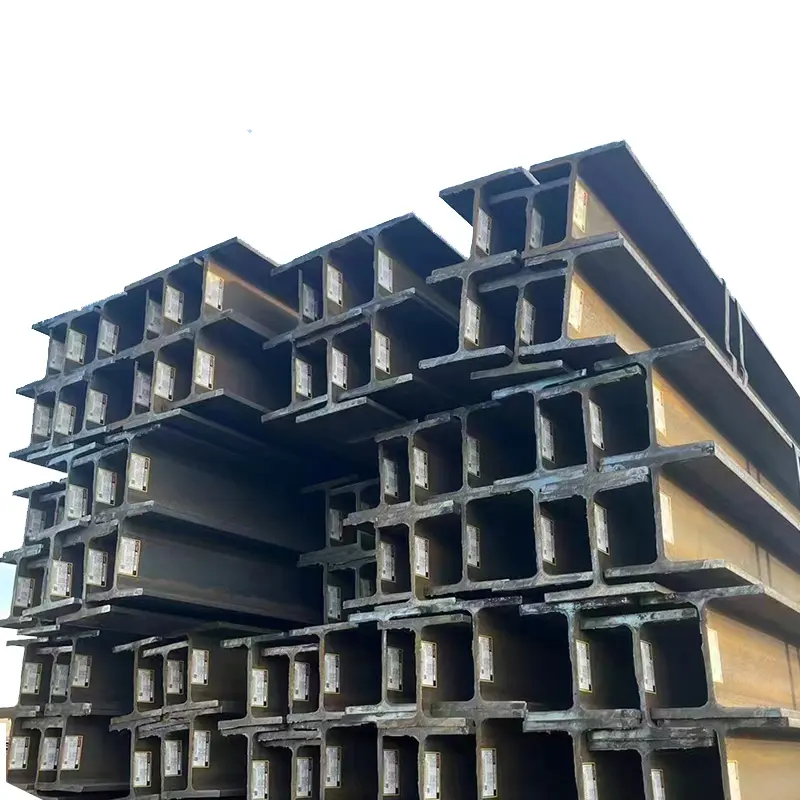High strength carbon steel pipes are designed to withstand extreme pressure, heavy loads, and harsh environmental conditions, typically used in industrial pipelines, oil and gas transportation, oil wells, and structural applications that require excellent mechanical performance. These pipelines are made of A-grade carbon steel with high carbon content (0.25-0.50%) and alloying elements (manganese, silicon) to achieve yield strengths ranging from 345 MPa (B-grade) to 690 MPa (X80 grade in API 5L). The production process may involve hot rolling, cold drawing, annealing, and heat treatment (quenching and tempering) to optimize the strength toughness balance and ensure resistance to brittle fracture at low temperatures during annealing. High strength carbon steel pipes are commonly used for oil and gas pipelines (transporting crude oil and natural gas), high-pressure water injection systems in wells A and industrial plants, and structural support for wells A and offshore platforms. The key standards include API 5L (which specifies the chemical composition, mechanical properties, a, and testing of pipeline steel), a, and ASTM A106 (applicable to high temperature environments up to 450 ° C). Mechanical testing includes Charpy impact testing at 20 ° C (to ensure toughness) and hardness testing (Rockwell hardness C) to verify wear resistance. The surface coating used for corrosion prevention may include fusion bonded epoxy resin (FBE, ASTM D3462), a three-layer PE coating used for buried pipelines, oil wells, and offshore applications. The engineering design of high-strength pipelines involves finite element analysis to simulate stress distribution under internal pressure and external loads, and complies with design specifications such as ASME B31.3 (process pipelines) or CSA Z662 (oil and gas pipelines). Suppliers must provide detailed material traceability and third-party inspection reports. For critical projects, AWell also offers customized manufacturing services such as welding beveled surfaces, AWell, and mechanical connection end finishing.


